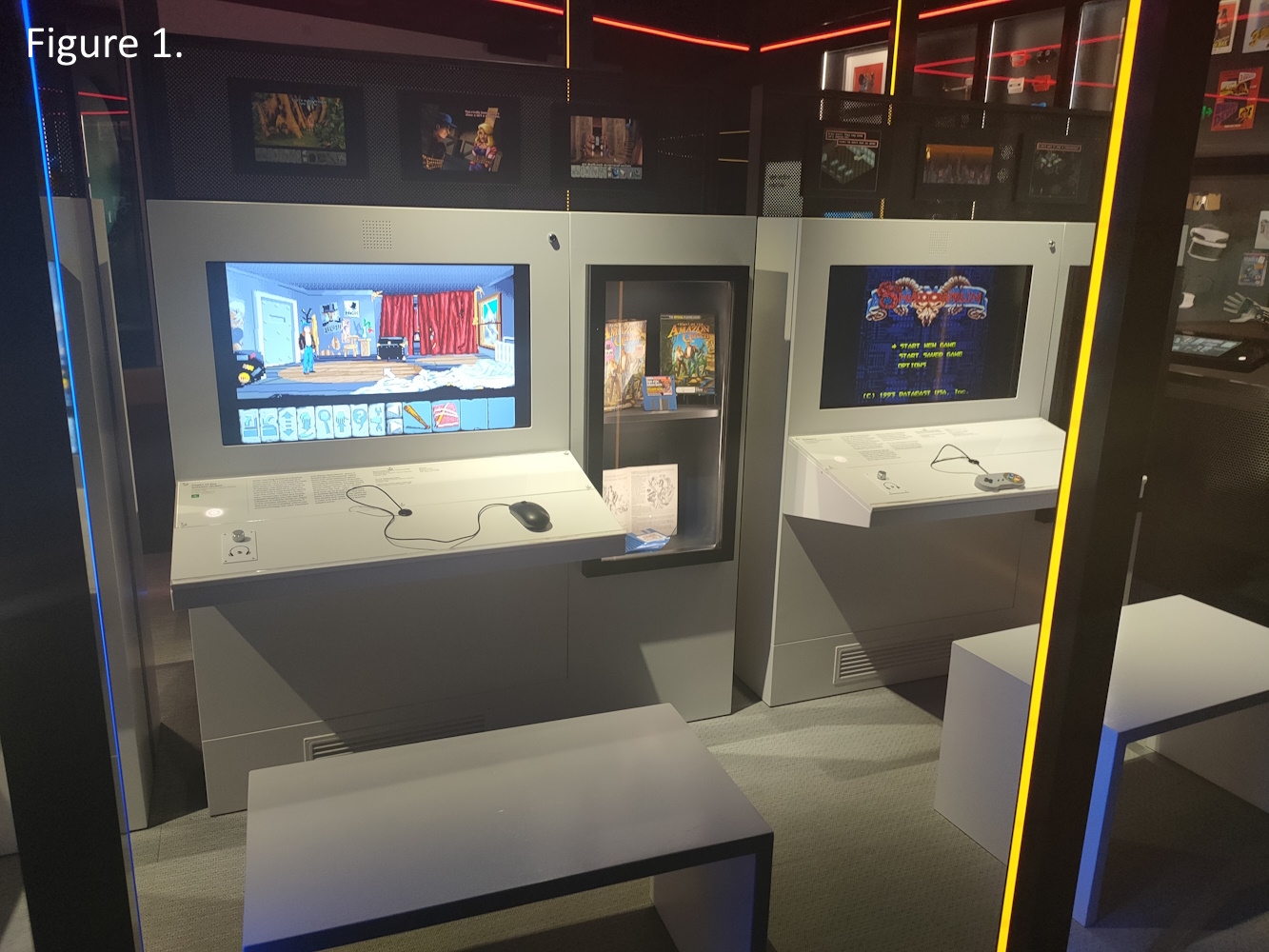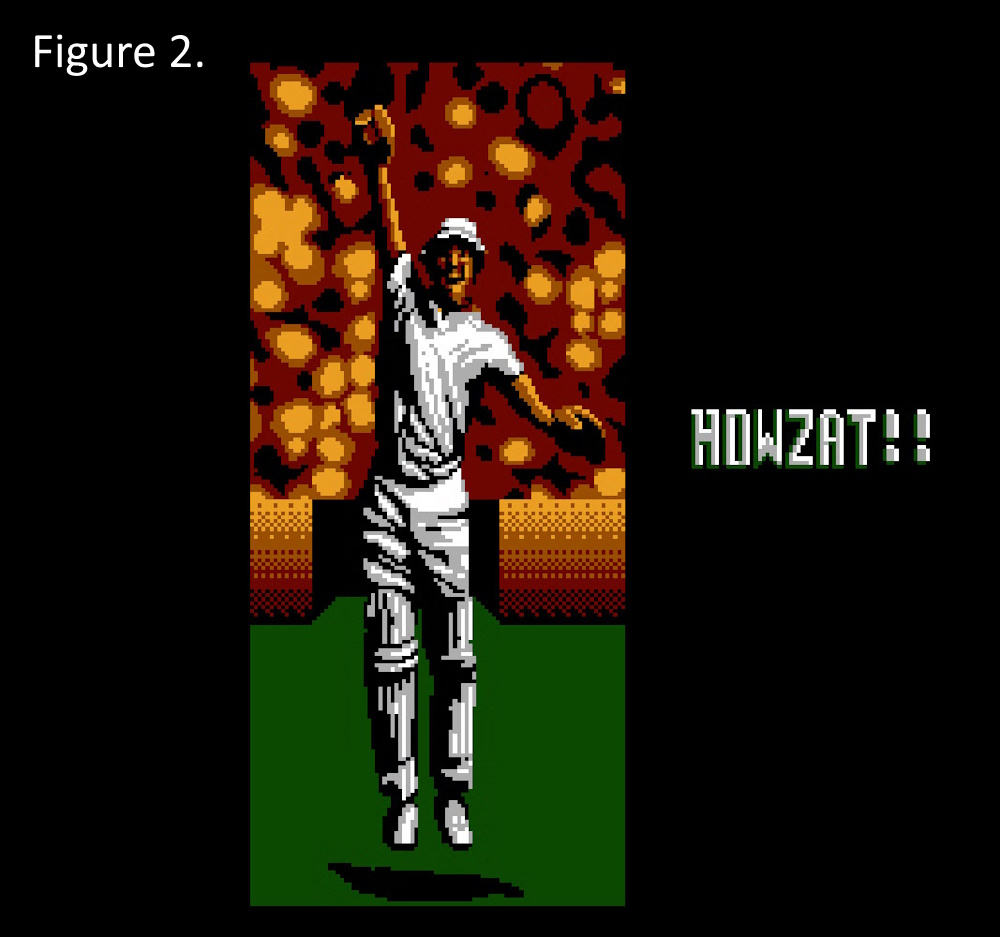Videogames are a neglected area of screen history and critically endangered as a digital species, with most collections only having been built in recent years. According to the DPC’s Bit List (2023), console and PC games are considered “critically endangered”. 1990s games are a particularly complex form of digital artefact, often requiring specialised additional software, graphic and sound card drivers. This makes their preservation a challenging but also a very rich opportunity for learning more about preserving games and extending this knowledge to other complex digital artefacts. Game preservation has always held this promise and this project has extended game preservation and emulation knowledge to other domains.

The project involved researchers from Swinburne University of Technology and RMIT University working with key staff from ACMI, primarily PI Seb Chan (CEO) and archivists at ACMI’s Blackmagic Design Media Preservation Lab. It builds upon previous research into Australian game history and culture and relationships with ACMI staff that have developed over more than 15 years, when the same core team collected, researched, documented and preserved 50 Australian microcomputer games from the 1980s in the first “Play It Again” project. The research network AARNet were a new industry partner keen to evaluate EaaSI – the emulation solution developed at the University of Freiburg whose roll out in North America has been led by Yale University – and have since provided their networking expertise to implement EaaSI in a wider Australian context.
The project was funded by the ARC as a Linkage Project, a grant that supports collaboration between research institutions and industry partners, in this case, a cultural institution. The team was led by Melanie Swalwell, Professor of Digital Media Heritage, and comprised Professor Angela Ndalianis, Dr Helen Stuckey, and Dr Denise de Vries as Chief Investigators. Dr Cynde Moya was appointed as a postdoctoral fellow, bringing her extensive knowledge of software preservation and the US EaaSI implementation. OpenSLX and UNESCO PERSIST were “Other Organisations” on the project. The project was driven by high-level strategic thinking and a vision for how the benefits could be extended to the wider GLAM (Galleries, Libraries, Archives and Museums) sector.
As befits such a complex, multidisciplinary undertaking, the project employed a mix of methods. These included archival research, developer interviews, disk and cartridge imaging and recording of metadata, testing of games in various emulators, and comparison between games running in emulation and games running on original hardware, with gameplay videos created for future comparison purposes.

-
the development of a collection of fifty significant game titles from the 1990s, accessioned into ACMI’s management system, Vernon, using customised metadata schema adapted specifically for videogame cataloguing;
-
the recording of high-quality interviews with developers for use in future exhibitions;
-
the exhibition of information about these games and game culture of the period via the project’s “Popular Memory Archive” (www.playitagainproject.com). Information on titles is also available via the ACMI website (https://www.acmi.net.au/collection-preservation/researchers/play-it-again/);
-
games in many different formats (Nintendo Entertainment System (NES), Super Nintendo Entertainment System (SNES), Game Boy (GB), Game Boy Colour (GBC), Sega Saturn, Amiga 1200, Macintosh System 7, DOS, Windows 3.1, and Windows 9X) have been preserved by disk imaging and emulated, with many titles available for play via EaaSI by the public using their own devices over ACMI’s WiFi;
-
six of the preserved vintage game titles were exhibited for 18 months to August 2023 in the Big Ant Games Lab within ACMI’s flagship “Story of the Moving Image” exhibition (Figure 1), creating greater recognition of the cultural and historic value of videogames. These titles – “Aussie Rules Footy” (1991), “International Cricket” (1992) (Figure 2), “Flight of the Amazon Queen” (1995), “The Dame Was Loaded” (1995), “Shadowrun” (1993), and “Xena: Girls Just Wanna Have Fun” (1999) – were presented running in standalone emulators, which underlined the technical challenges of making them accessible again. They were accompanied by substantial curatorial notes on each game’s production and consumption and paratexts such as box art, and alongside a related showcase of the hardware and tools (e.g. Kryoflux, Joey Joebags cartridge dumper, etc) used to image and preserve the titles (Figure 3). This highlighted the preservation challenges and drew the public’s attention to the urgency of safeguarding born digital cultural heritage.
-
the project debuted the emulation of games in a museum within a jurisdiction that does not have explicit legal protection for emulation and also does not have a fair use regime. The project is highly significant as a demonstration of how research and cultural institutions can work together for mutual benefit, which should enhance confidence in the wider digital preservation community. The project further serves as a demonstration to the game industry that preservation benefits its interests, by recognising its history and deep cultural significance.
-
the new knowledge generated has been presented at international conferences and will continue to be shared via peer reviewed journal articles.
-
Crucially, the collaboration with AARNet (led by Mr Adam Bell) ensured that the opportunities emerging from the project’s evaluation of EaaSI are shared at an infrastructural level, beyond the project itself. As an example, the evaluation of EaaSI in this project led directly to the award of $751K of ARC LIEF (Linkage, Equipment and Infrastructure and Facilities) funding to establish “The Australian Emulation Network”. The “Play It Again” project has not only made a major contribution to a “critically endangered” digital species; it has also laid the foundations to extend game preservation techniques to other at-risk digital artefacts (including media arts, design and engineering drawings, etc). The AusEaaSI Community of Practice is thriving with EaaSI currently in use at fifteen Australian university and cultural institutions, with this number due to double in the next phase.






































































































































